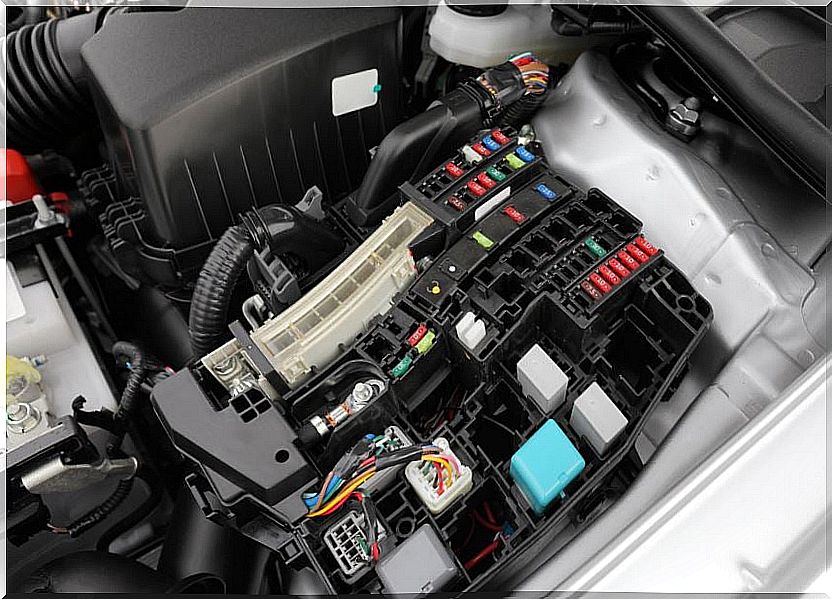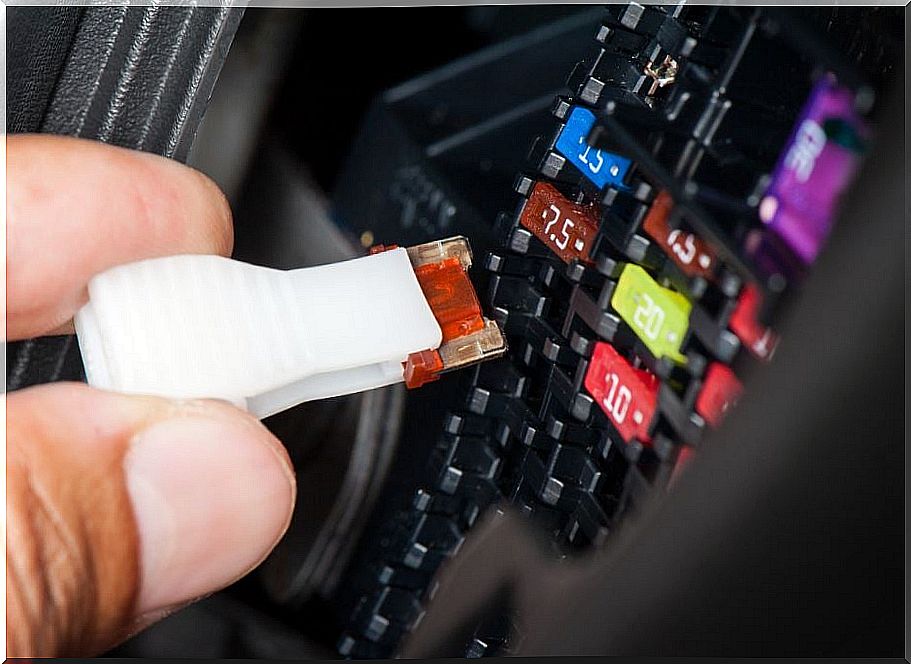How To Change A Car Fuse

Changing a car fuse is an extremely simple task that must be approached with due precautions. With the right tools, anyone can do it.
What are fuses for?
Virtually any electrical circuit, from household appliances to home networks, includes fuses among its components. Its function is to protect the integrity of the equipment in cases of drastic power surges.
Fuses are generally made of tin, with a low melting point. This allows the free passage of electricity, but interrupting the fluid if there are power peaks. Thanks to its action, damages of all kinds are prevented, which can include fires.
Automotive fuses
All electrical components in cars have a fuse to protect them. From music players or cabin lights, to vital systems like the fuel pump and starter motor.

Although it may not seem like it, fuses are perishable items, with a limited useful life. Sometimes they can be damaged, which does not necessarily imply electrical failures in the car.
If one or more fuses need to be replaced repeatedly within a few weeks, it is a sign that something is wrong. In these cases, a visit to the mechanical specialist is essential to correct the problem and avoid unnecessary complications.
Where are they?
Depending on the model and age, vehicles may have one or two fuse boxes. They are generally located below the control panel, just a little above the left knee of the person sitting behind the wheel. Also inside the hood, almost always at a point not too far from the battery.
Some cars have the fuses in unorthodox places, like under the back seat or in the trunk. In all cases, to know the exact place where these devices are, it will be enough to check the manufacturer’s manual.
Types of fuses
The fuses used by cars are differentiated from each other based on two considerations: based on the electrical current capacity (amps) they can withstand, as well as their shape.
In any case, the replacement of a component that has reached the end of its useful life must be done exclusively with a similar model.
If a fuse of lower resistance is fitted, it will blow out as soon as it starts working. In the opposite case, inserting an electricity conductor with a higher capacity than required, will leave the related equipment without any protection.
Shape differences
- Transparent cylindrical, made of glass or plastic. Inside they have a fine wire, perfectly visible when the device is in perfect condition.
- In the event of a rise in electrical voltage, the central line will break and the small translucent capsule will acquire shades that will vary between black and brown.
- Plastic fuses to plug in. These are the most common models and sometimes the easiest to replace. They are small square boxes, of different shades, depending on their functionality and capacity. Inside they carry a metallic line in the shape of a U.
- Opaque cover cylinders. Unlike the two previous models, checking the condition of these electrical conductors cannot be done visually. To know if they work, a test must be carried out with the help of a test lamp or a multimeter. They are the least common.
Types of faults that a blown fuse can generate
Some of the failures can be “superficial”, affecting systems such as the horn or the alarm. But others are more eloquent, preventing the general functioning of the car, by rendering equipment such as the starter or the fuel pump inoperative.
Change a car fuse in a few steps
In the presence of an electrical anomaly and the suspicion of having to change a car fuse to correct the problem, the first thing to do is a visual check. This evaluation is necessarily carried out with the engine off and without the key in the ignition cylinder.
In some models, opening the box containing these implements is so simple that you do not need the use of tools, the same happens to remove the devices. Other cars require the use of screwdrivers, both to remove the compartment cover, and to release the small circuit breakers.
Final consideration
As they are small and relatively inexpensive components, some drivers choose to have several in storage, thereby providing prevention in the event that a car fuse needs to be changed suddenly.









